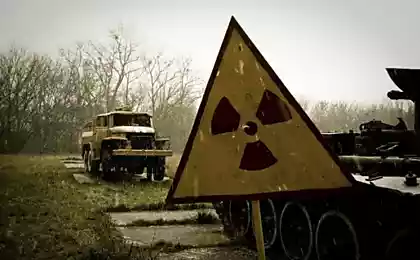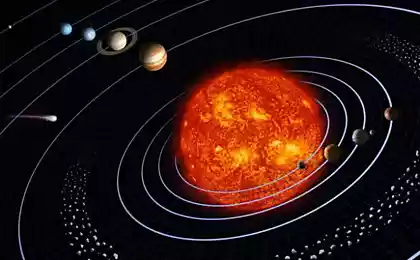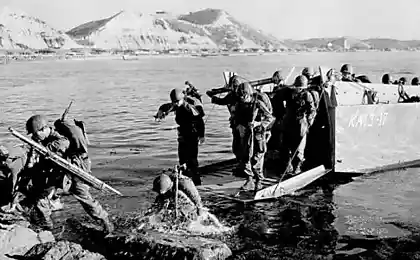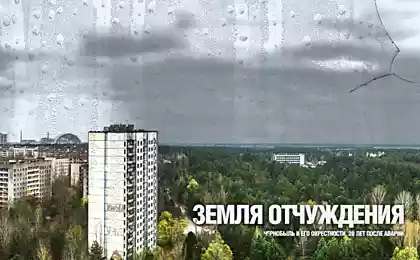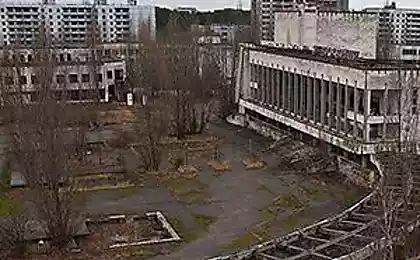798
American scientists have estimated the amount of radioactive emissions from Fukushima
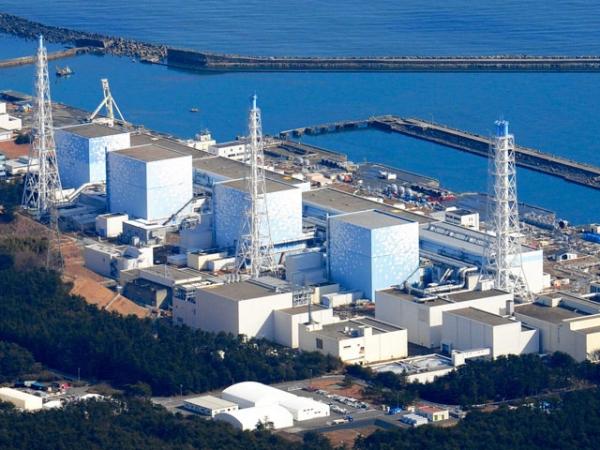
Specialists in atmospheric chemistry at the University of California at San Diego performed the first detailed quantitative study of the radiation leak that occurred in the cooling sea water nuclear reactor Fukushima plant damaged by the earthquake and tsunami in March this year. Their work is published Proceedings of the National Academy of Sciences.
"Any act of God gives us a chance to learn a lot by analyzing what happened," - said Mark Timens, who led the work.
March 28, 2011, 15 days after the plant operators began pumping seawater into the damaged reactor Timensa group registered an unprecedented peak concentration of radioactive sulfur in the air of La Jolla (California, USA).
They found that the source of radiation was a Japanese nuclear power plant.
Leakage products of nuclear reactions, in particular neutron occurred in the melting of nuclear fuel rods. Neutrons are caught in sea water pumped into the reactor. There they react with chloride ions present in abundance in seawater (salt of formula NaCl). When a neutron proton knocks chloride, converted to the radioactive sulfur (isotope, 35S).
However, isotope contaminated water gets into the red-hot reactor is flashed. To prevent explosion of accumulated vapor, operators of the station took the resulting gas mixture - with the radioactive sulfur - into the atmosphere.
Sulfur oxidized by atmospheric oxygen to carbon dioxide and sulfate anions, with the wind and the clouds made it to California, where she and registered devices Institution of Oceanography, University of California. Watching atmospheric flows, scientists have traced the path of air, within 10 days to move from Japan to California.
Based on this, they calculated how much radiation was allocated to the environment as a result of the accident at Fukushima.
The number of neutrons that react with chlorine to form radioactive sulfur, was calculated using the volume of seawater, injected into the reactor, and the reaction parameters of neutrons with chloride ions. Also it took into account the loss of radioactive sulfur for the way - as a result of radioactive decay and loss of lateral flow vortices. Taking into account these factors, between the 13th of March, when started pumping water into the reactor, and 20 March in the external environment were allocated 400 billion neutrons per 1 sq. m surface of the cooling pools.
The concentration of radioactive sulfate over the ocean near Fukushima was 200,000 particles per cubic meters. m, which is 365 times higher than the natural level.
Group Timensa argues that the sources detected in the atmosphere of radioactive sulfur were just nuclear fuel in reactors or sumps station. Cosmic rays can create small concentrations of radioactive sulfur in the upper atmosphere, but rarely mix with the lower layers of the ocean, where the measurements were taken.
Within four days, March 24-28, 1501 was the measured concentration of radioactive sulfur atom per cubic meter of air - this is the most important in more than two years of observations at the site.
Even potential "feeding" from the stratosphere - a rare event that leads to a natural increase in the content of radioactive sulfur in the lower atmosphere - could increase the concentration of only up to 950 atoms per cubic. m.
At the same time
releases of radioactive sulfur from Fukushima began an interesting science experiment in no way connected with the accident areas.
In particular, one-time release "tagged" sulfur atoms allows circulation path trace gases in the atmosphere, as well as sulfur-containing compounds in soils in Japan. This "experiment, in particular, to help better understand the cycles of the individual chemical elements in the environment." This work group Timensa already started in Japan.
It is an important step towards understanding the role of cosmic radiation in the formation of clouds
Most found the oldest bacteria, the existence of which it is known to scientists.








